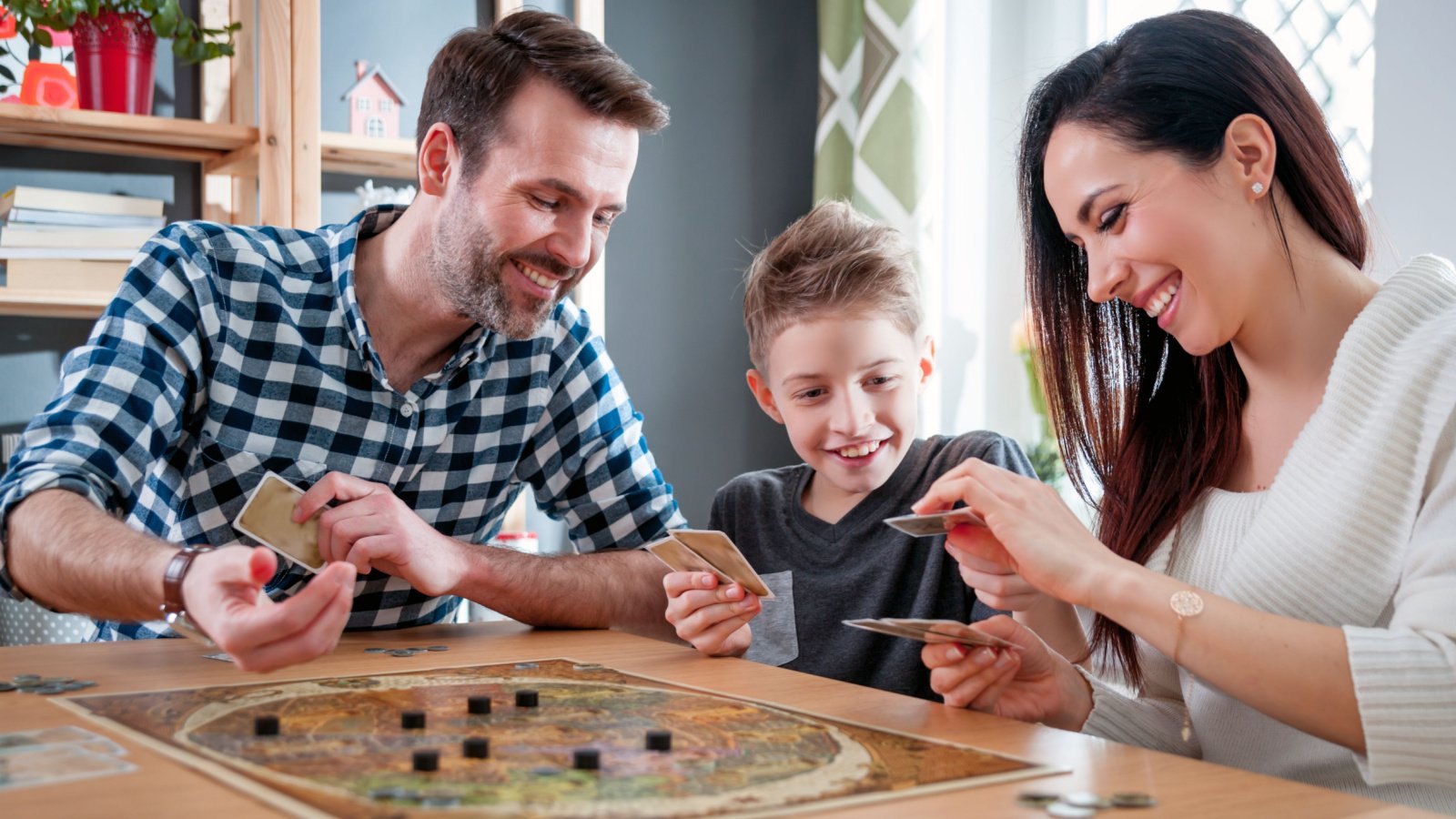Explore innovative strategies to manage your kids’ screen time effectively, like turning tech-free zones into family fun spaces. Our parent-backed strategies promise to transform your home into a well-balanced, peaceful sanctuary.
Set Clear Boundaries

Establishing fixed screen time limits helps children understand expectations. For instance, one hour of TV or gaming after homework is complete can be a reasonable rule. Setting clear boundaries will make your evenings much more peaceful. This approach teaches kids discipline and time management.
Tech-Free Zones

Create areas in the house where technology is off-limits, like the dining room during meals. This encourages face-to-face interaction and family bonding. Over time, children learn to value personal connections over virtual ones. It’s a simple way to reduce screen reliance without confrontation.
Reward System

Implement a system where screen time is earned through chores or good behavior. This method teaches responsibility and the value of work. Plus, it turns screen time into a valuable commodity.
Educational Content

Prioritize educational programs and apps. Choose content that stimulates creativity and learning. By doing so, screen time becomes an extension of their education. It’s about making screen time productive, not just recreational.
Co-Viewing

Watch shows or play games with your children. This shared experience can lead to discussions about what they’re watching. Co-viewing gives insight into your child’s interests. It’s an opportunity to guide and understand your child’s online world.
Digital Curfews

Implement a digital curfew where all devices are turned off at a certain time each night. This ensures that screen time doesn’t interfere with sleep. Consistency is key, as it helps establish a healthy routine. It’s a straightforward rule that underscores the importance of rest.
Offline Hobbies

Encourage hobbies that don’t involve screens, like sports, reading, or art. Diverse activities lead to a well-rounded lifestyle. Limiting screen time allows for other interests to blossom. Balancing digital and physical activities is crucial for development.
Open Dialogue

Regularly talk with your kids about the pros and cons of screen time. Make it a discussion, not a lecture. Understanding their perspective helps tailor more effective strategies. It’s about collaboration, not control.
Parental Controls

Use parental controls to manage what your child can access. This ensures they’re only exposed to age-appropriate content. It’s a tool that supports your screen time rules. Plus, it provides peace of mind about what they’re consuming.
Role Modeling

Lead by example. If you limit your own screen time, your children are likely to follow suit. When you put down your phone, it’s easier for your kids to do the same. Your behavior sets the standard.
Scheduled Downtime

Have specific times when everyone in the household disconnects, such as during meals, an hour before bed, or Sunday afternoons. Scheduled downtime creates a routine that everyone can anticipate and prepare for. It’s a collective break from the digital world.
Screen-Free Bedrooms

Keep bedrooms as screen-free zones to promote better sleep and relaxation. This helps children associate their bedrooms with rest, not entertainment. As a result, they’re likely to have better sleep patterns and healthier habits. It’s a simple change with significant benefits.
Nature Time

Encourage outdoor activities and time in nature. The natural world offers endless entertainment and learning opportunities. Family hikes can replace weekend movie marathons. Fresh air and physical activity are the perfect antidotes to screen time.
Time Trade-Offs

Offer alternatives where screen time is traded for something else, like extra playtime outside or a favorite snack, which teaches kids about choices and consequences. They learn to weigh their options and make decisions. It’s a practical lesson in prioritization.
Awareness of Content

Be aware of what your children are watching and playing. Discuss the content with them and its impact. Understanding the themes and messages they’re exposed to helps you guide their choices. It’s not just about how much they watch, but what they watch.
Social Media Guidelines

Set clear rules about social media use, including what’s appropriate to post and share. Discuss online safety with your kids regularly. This protects them from potential dangers and teaches them about digital citizenship and safe and responsible use.
Breaks and Balances

Encourage regular breaks during screen time. Short pauses can reduce eye strain and mental fatigue. It’s about promoting a healthy balance, not just limiting hours. Frequent breaks keep screen time in check and well-being intact.
Family Media Plan

Create a family media plan that outlines when, where, and how screens can be used to provide a clear framework for everyone. It’s a collaborative approach that gets the whole family on board. Consistency and cooperation make it effective.
Mindful Watching

Teach kids to be mindful about their screen time. Ask them how certain programs or games make them feel. This awareness builds emotional intelligence and critical thinking. It turns passive watching into an active, reflective process.
Creative Limits

Set challenges like “No Screen Saturdays” or device-free dinners. These creative limits make reducing screen time fun and engaging. Rediscover board games and storytelling to replace screens with interactive, imaginative activities.
Tech Literacy

Educate your children about technology and its impact. Understanding how it works and its effects empowers them to make informed choices, providing the knowledge to navigate the digital world wisely. Knowledge is power, especially in the digital age.









好文!2026年世界杯越来越近了,让我们共同期待这场全球足球盛宴。日期:2025-11-12 09:40:28 (-03)。
好文!2026年世界杯越来越近了,让我们共同期待这场全球足球盛宴。日期:2025-11-15 08:35:47 (-03)。